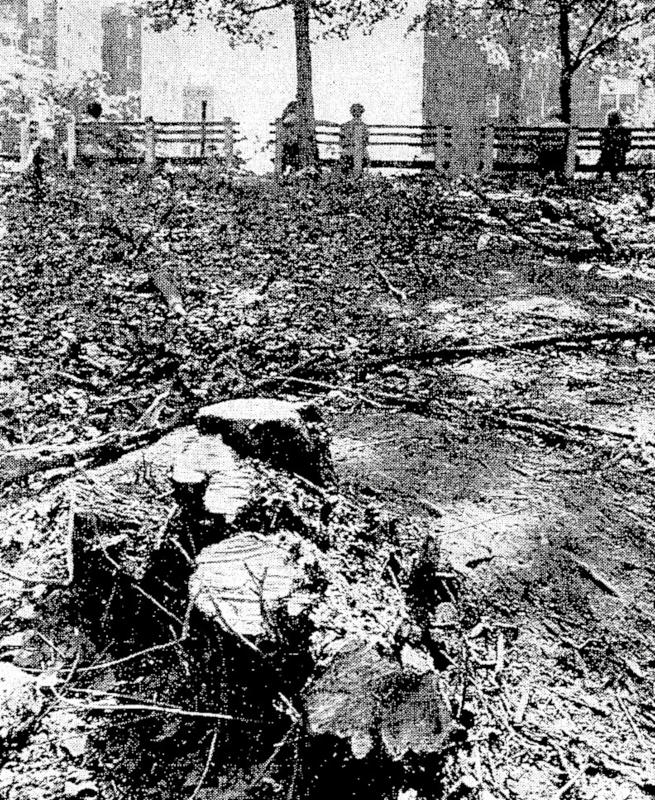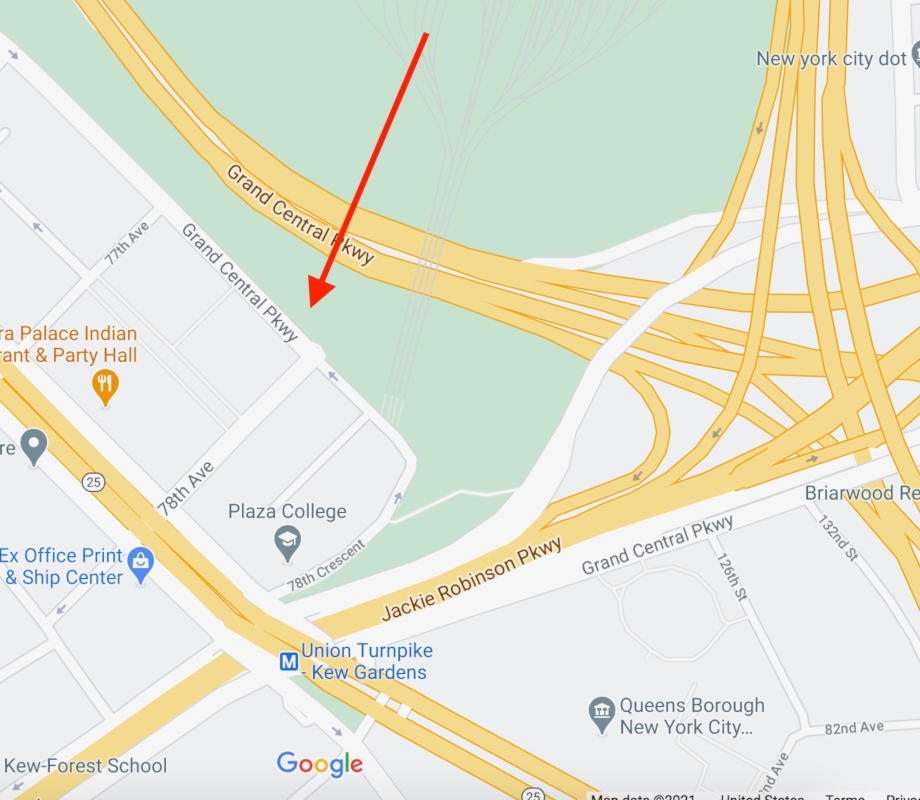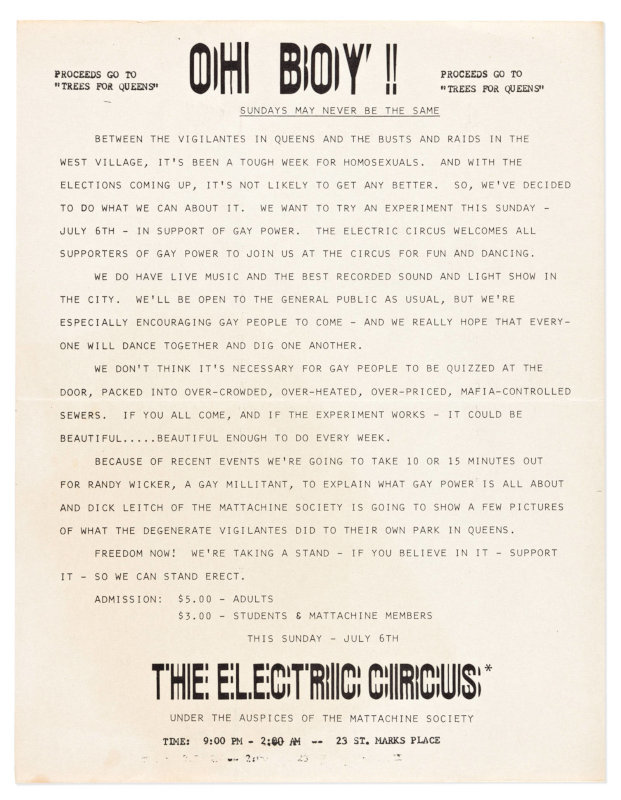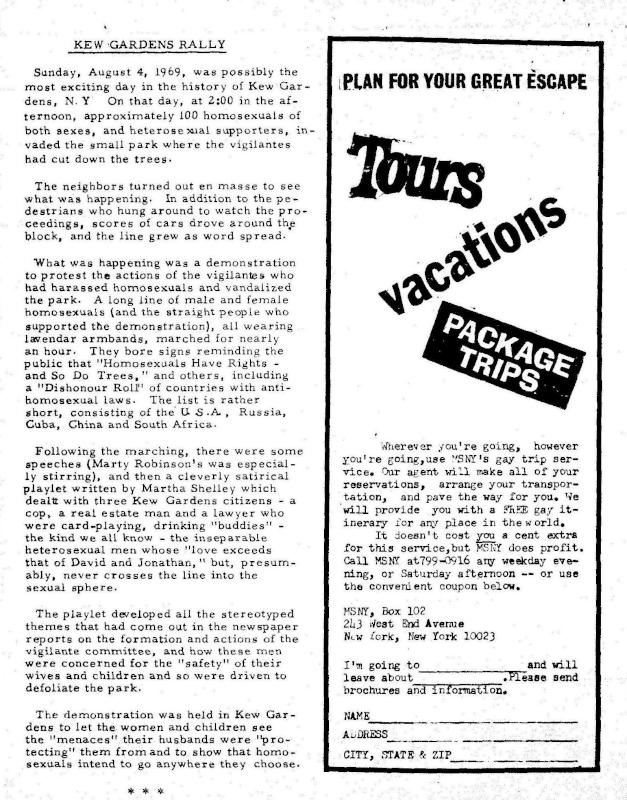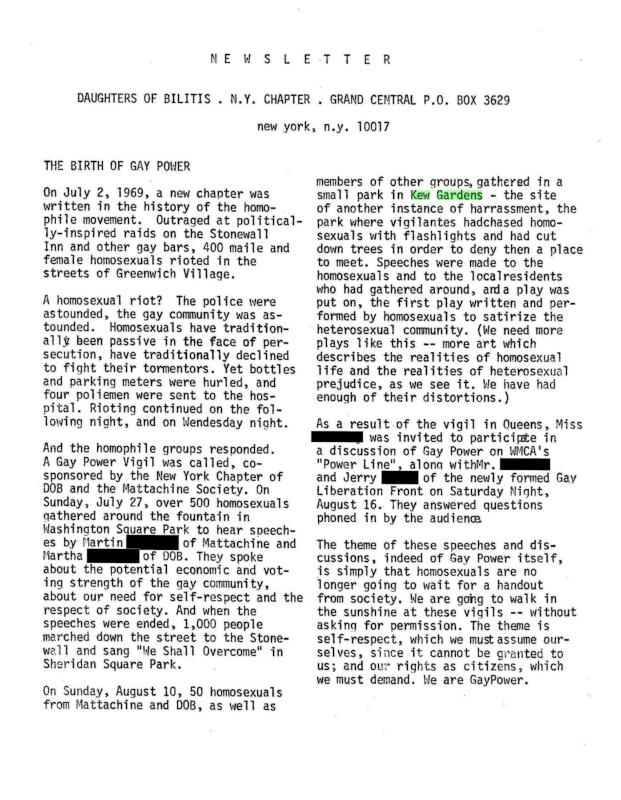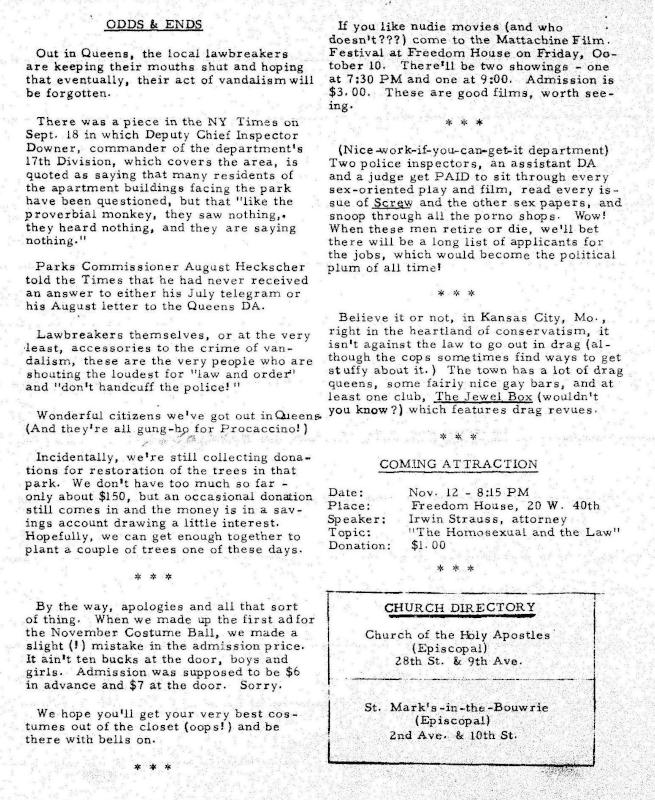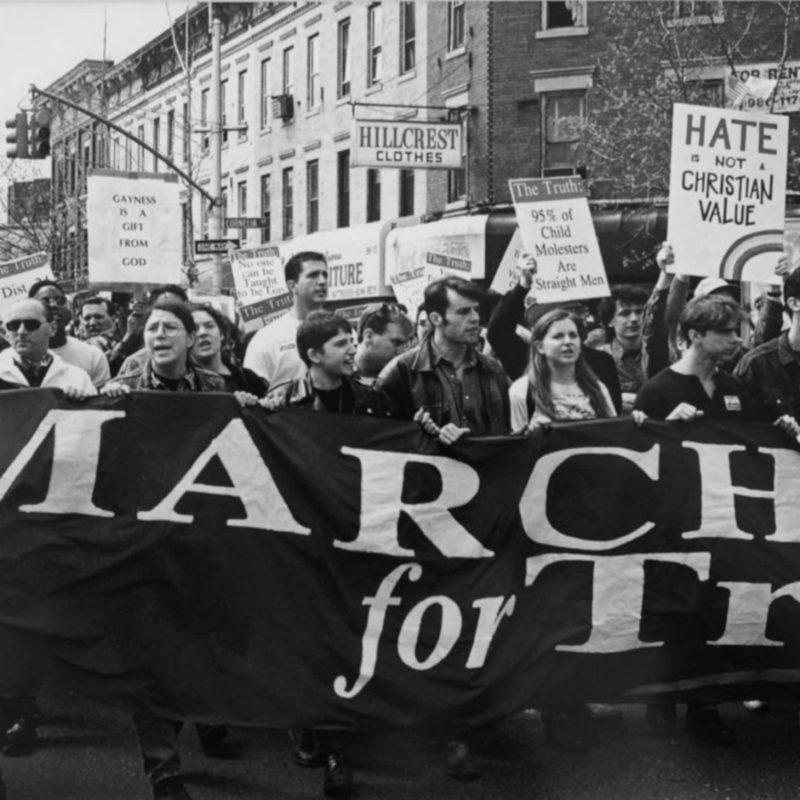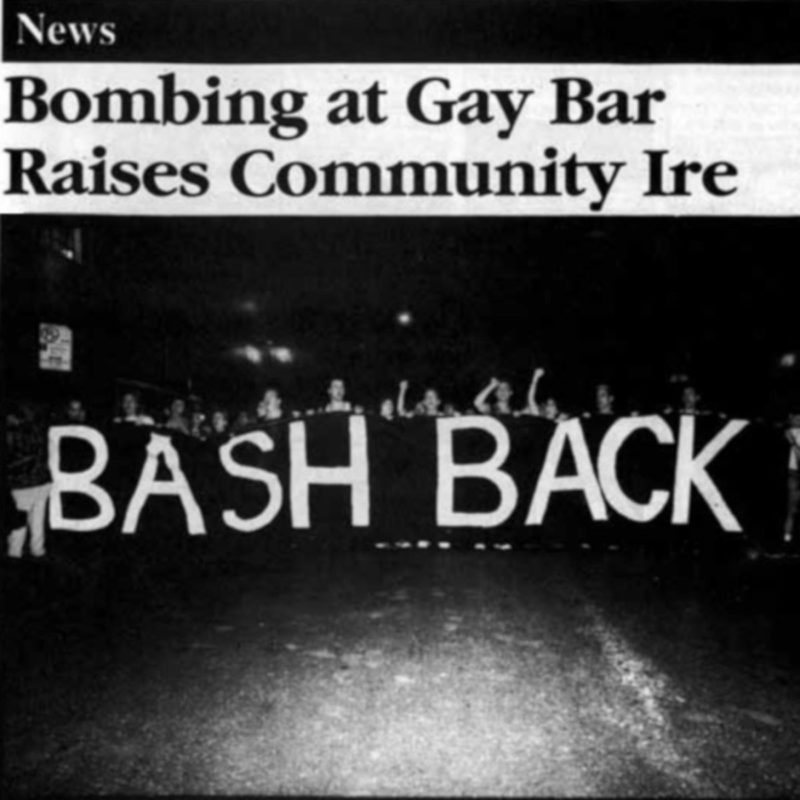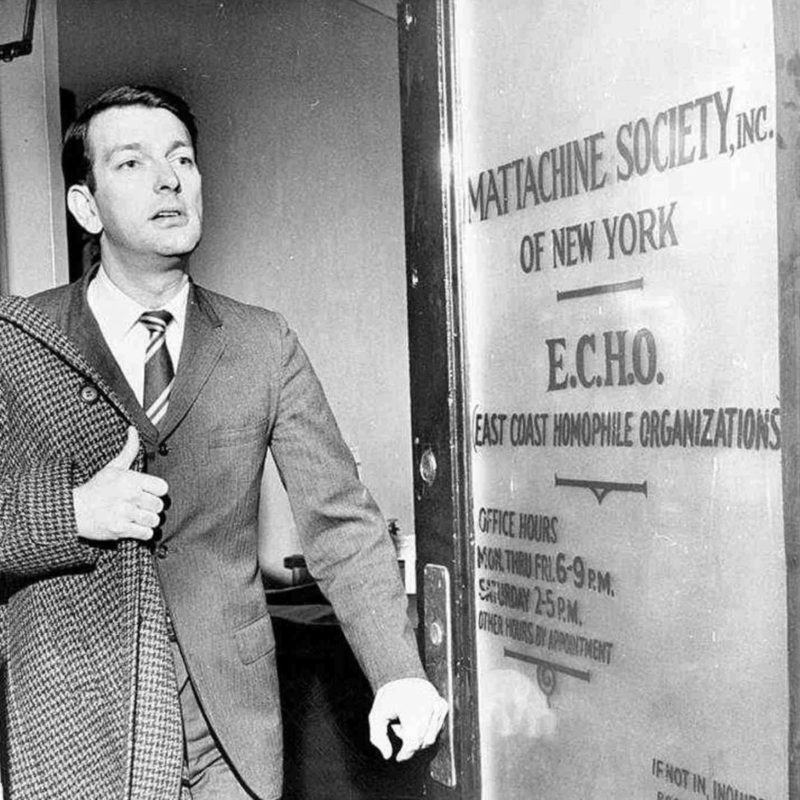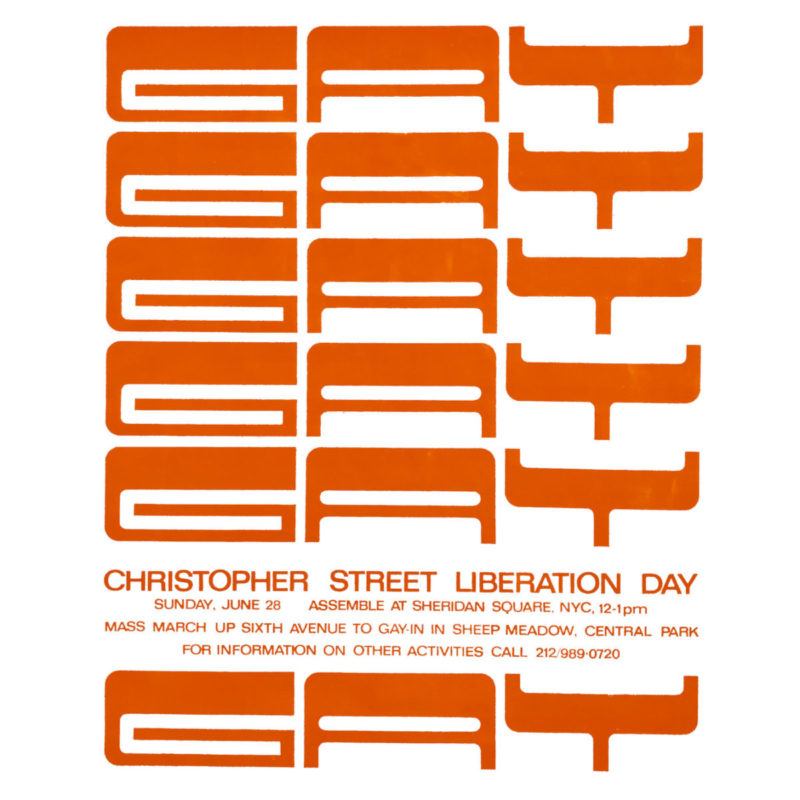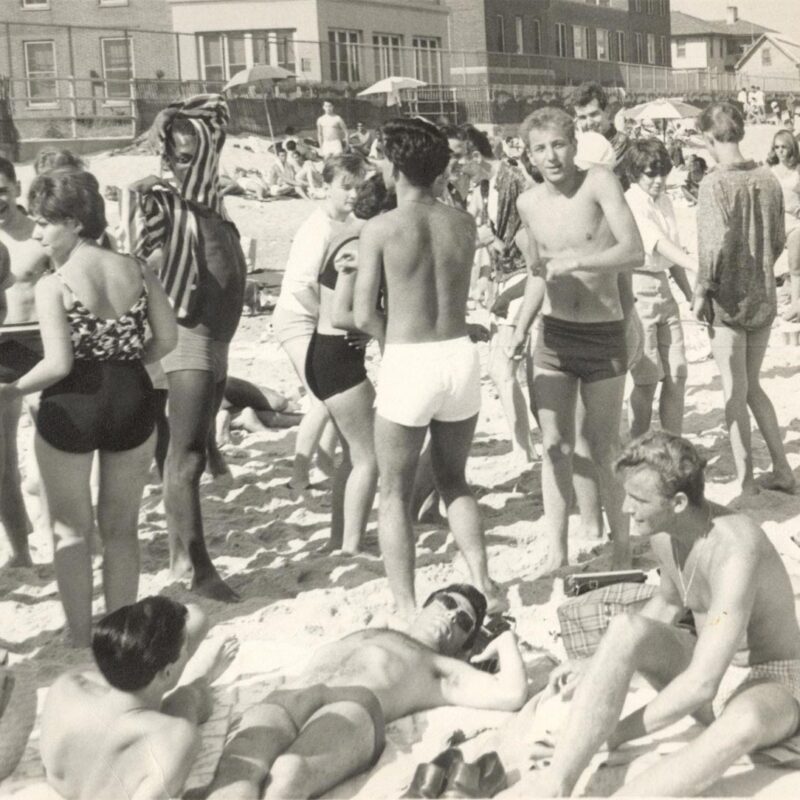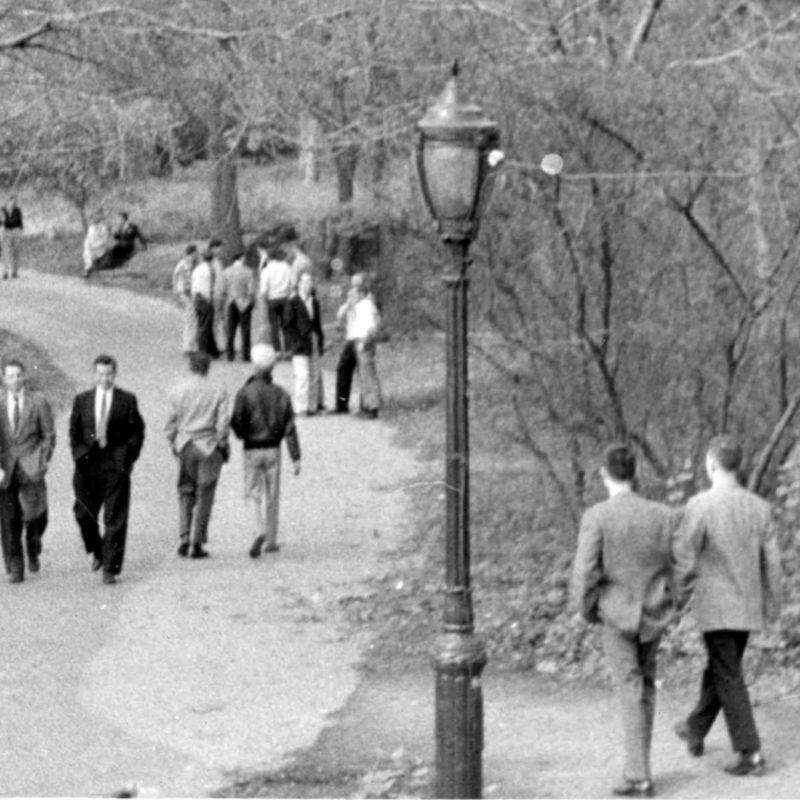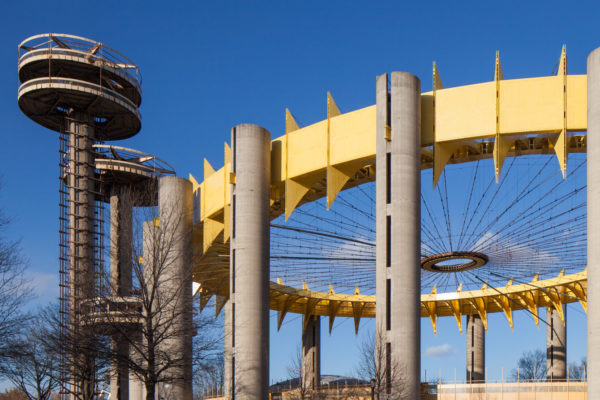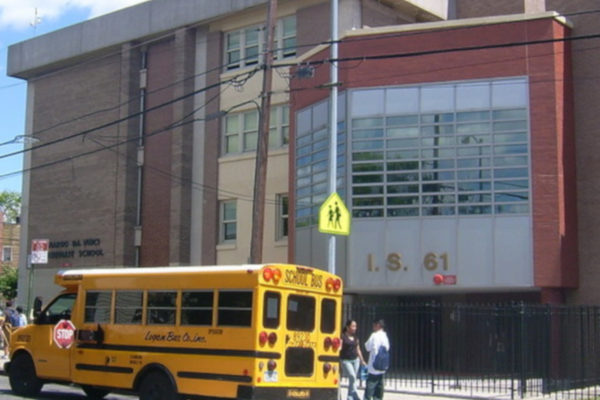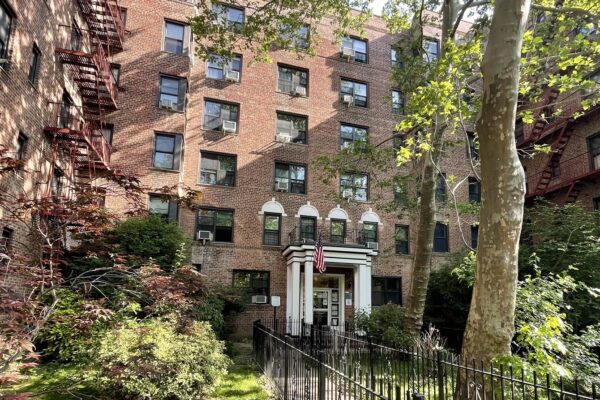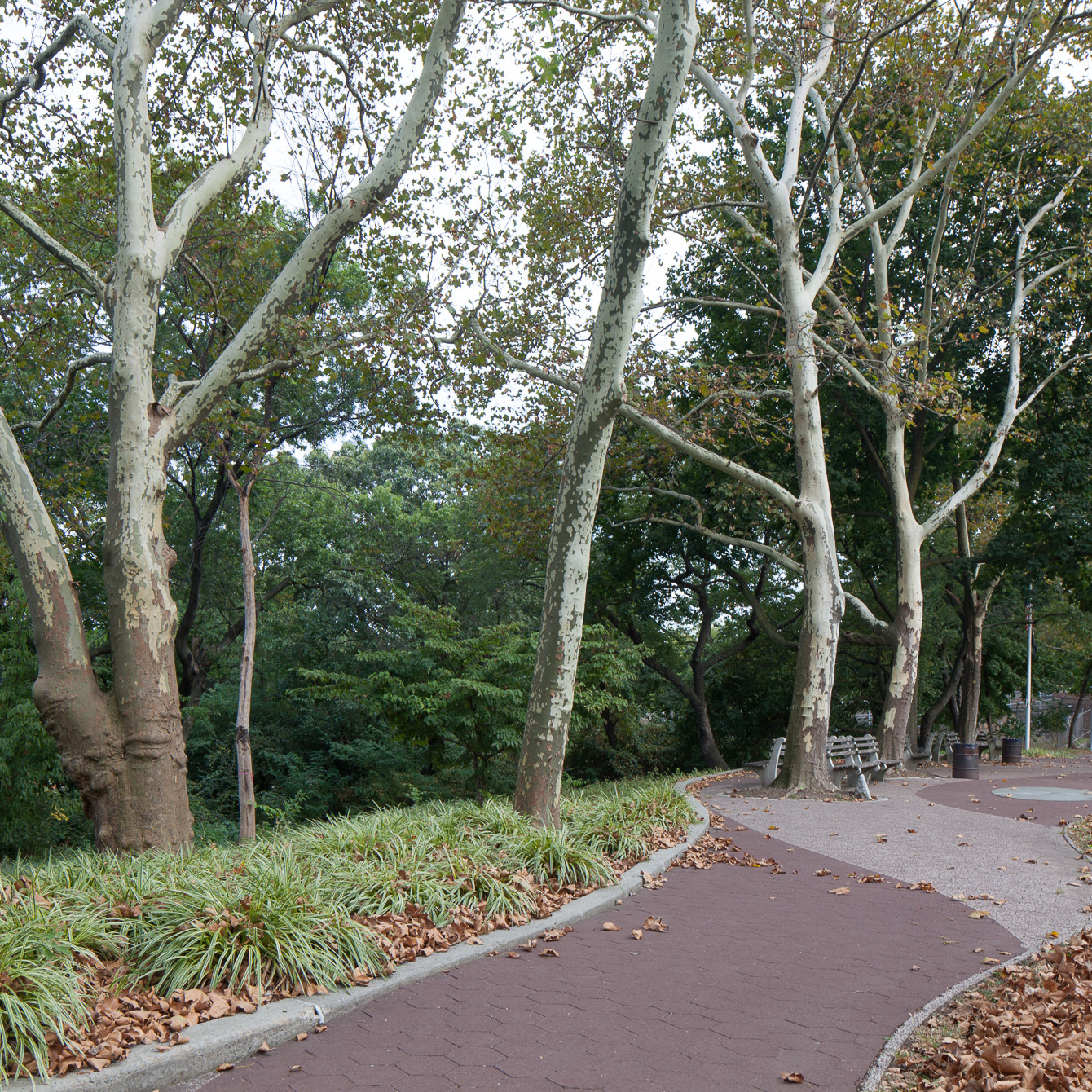
Demonstration Against LGBT Harassment in Flushing Meadows-Corona Park Tree Grove
overview
In June 1969, a week before the Stonewall uprising, a group of local Queens residents formed a “vigilante committee” to harass gay men cruising in a nearby Flushing Meadows-Corona Park tree grove, which was ultimately cut down on the nights of June 18, 19, and 20 in an act of vandalism.
In response, the Mattachine Society, the Daughters of Bilitis, and other groups demonstrated for LGBT rights at the site on August 10, which became the earliest known public event for LGBT rights in Queens.
On the Map
VIEW The Full MapHistory
About a week before the 1969 Stonewall uprising in Manhattan, a gay cruising area in the southwestern section of Flushing Meadows-Corona Park became the target of local Queens residents. According to witnesses, at least 30 trees in a grove along Grand Central Parkway, at 78th Avenue, in Kew Gardens, were chopped down on the nights of June 18, 19, and 20 to prevent gay men from congregating there; a local resident saw 20 men cutting down trees on one of the nights. The incidents were reported multiple times to the police, who either claimed not to notice or were seen chatting with the vandals before leaving the scene. No arrests were made.
On July 1, the story made the front page of the New York Times, in an article entitled, “Trees in a Queens Park Cut Down as Vigilantes Harass Homosexuals.” It was the first of several articles and letters to the editor featured in the Times that July and September. The New York Post and the San Francisco Chronicle also covered it. Myles Tashman, a lawyer living at 76-35 113th Street, across from the tree grove, said he and a group of men from his apartment building were “concerned for the safety of the women and children” and formed a “vigilante committee” a month before the tree cutting incident. About 30 to 40 men went to the park each night with flashlights and walkie-talkies looking for gay men to harass and tell to leave. Tashman said the group, while admittedly acting against the law, had police consent. The more drastic action to cut down trees, which no one directly admitted to doing, was reportedly taken after gay men told the vigilante group that they had a right to be on public land.
Dick Leitsch, then-president of the Mattachine Society of New York, said in the Times that Mattachine was starting a fund to replace the trees. According to an August 1969 Mattachine of New York Newsletter, this “Trees for Queens” fund would also pay for a metal plaque to be affixed to at least one of the new trees as “a gift from the homosexual people of New York to the people of Queens” and that it would feature the quote “Give us also the right to our existence!” from Radclyffe Hall‘s The Well of Loneliness (it is not clear if the plaque was ever installed). The group called for Tashman’s disbarment and filed complaints with the Mayor, Police Commissioner, Parks Department, and Queens District Attorney, though this went nowhere. The New York Civil Liberties Union urged “that the Police Commissioner and the Mayor make it clear to all members of the police force that homosexuals have as much right to be in parks as heterosexuals, and are entitled to the same degree of protection by the police.”
On Sunday, August 10, Mattachine, the New York chapter of the Daughters of Bilitis (DOB), and other groups and allies wore lavender armbands and marched with signs for nearly an hour at the site of the former tree grove, gathering for speeches afterward (Mattachine said 100 LGBT people attended while DOB said 50). Mattachine’s September 1969 newsletter noted that the demonstration was held there “to let the women and children see the ‘menaces’ their husbands were ‘protecting’ them from and to show that homosexuals intend to go anywhere they choose.” Marchers also brought attention to the short list of countries with anti-gay laws at that time: the United States, Russia, Cuba, China, and South Africa.
The theme of these speeches and discussions, indeed of Gay Power itself, is simply that homosexuals are no longer going to wait for a handout from society …. The theme is self-respect, which we must assume ourselves, since it cannot be granted to us; and our rights as citizens, which we must demand.
The Kew Gardens demonstration, while organized by “homophile” groups, was emblematic of a new wave of unapologetic LGBT activism that arose after Stonewall, similar to one held two weeks earlier, on July 27, in Manhattan’s Washington Square Park and Christopher Park. Both events featured prominent activists from the Gay Liberation Front, which had recently formed in the weeks after Stonewall: Marty Robinson, who spoke to the crowds, and Martha Shelley, whose play at the Queens demonstration was noted in the September DOB newsletter as being “the first play written and performed by homosexuals to satirize the heterosexual community.”
Although the perpetrators of the tree grove incident were never brought to justice, the August demonstration was particularly significant as the earliest known public event for LGBT rights in Queens, preceding the borough’s LGBT rights movement by over 20 years.
Entry by Amanda Davis, project manager (April 2021).
NOTE: Names above in bold indicate LGBT people.
Sources
Al Sostchen and Timothy Lee, “Heckscher: Probe Anti-Homosexual Vandals,” New York Post, July 2, 1969, 32.
“The Birth of Gay Power,” Daughters of Bilitis, N.Y. Chapter Newsletter, September 1969. [source of all DOB quotes]
David Bird, “Police Continuing Inquiry on Trees,” The New York Times, July 16, 1969, 50.
David Bird, “Queens Resident Says the Police Stood By as Park Trees Were Cut,” The New York Times, July 2, 1969, 38. [source of NY Civil Liberties Union quote]
David Bird, “Trees in a Queens Park Cut Down as Vigilantes Harass Homosexuals,” The New York Times, July 1, 1969, 1, 29. [source of Tashman quotes]
“Inquiries Still Open in Tree-Chopping At Park in Queens,” The New York Times, September 18, 1969, 49.
“Kew Gardens Rally,” Mattachine Society of New York Newsletter, September 1969. [source of September 1969 Mattachine quote]
“KKK Rides in Queens,” Mattachine of New York Newsletter, August 1969, 8-9. [source of August 1969 Mattachine quote]
Marc Stein, “Stonewall and Queens,” blog, NYU Press, August 9, 2019, bit.ly/3tVmuok.
“Odds & Ends,” Mattachine Society of New York Newsletter, October 1969.
“Police Did Answer Call on Cut Trees,” The New York Times, July 3, 1969, 29.
“Vandalism in Park,” Mattachine of New York Newsletter, August 1969, 10.
“Vigilantes Chop Up ‘Homosexual’ Park,” San Francisco Chronicle, July 1, 1969, 5.
William J. Primavera, “Vigilante Vandalism,” letter to the editor (July 1, 1969), The New York Times, July 3, 1969, 30.
Do you have more information about this site?
This project is enriched by your participation! Do you have your own images of this site? Or a story to share? Would you like to suggest a different historic site?
